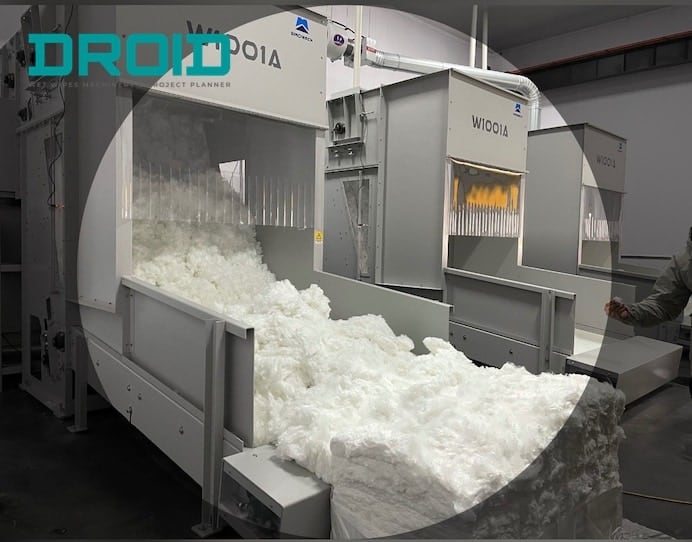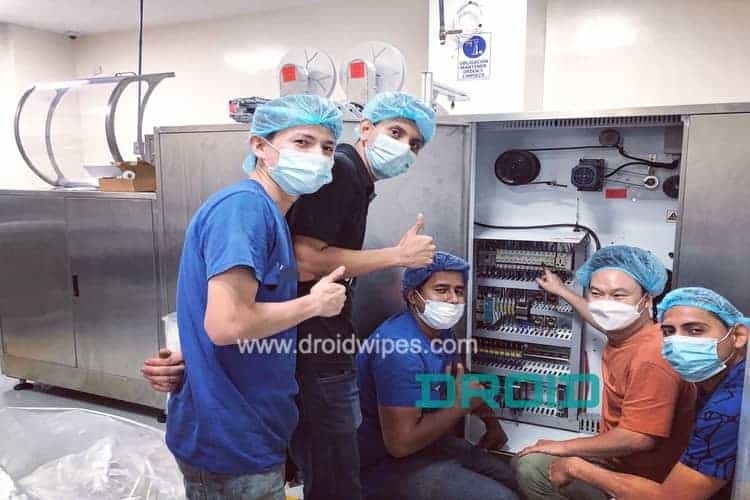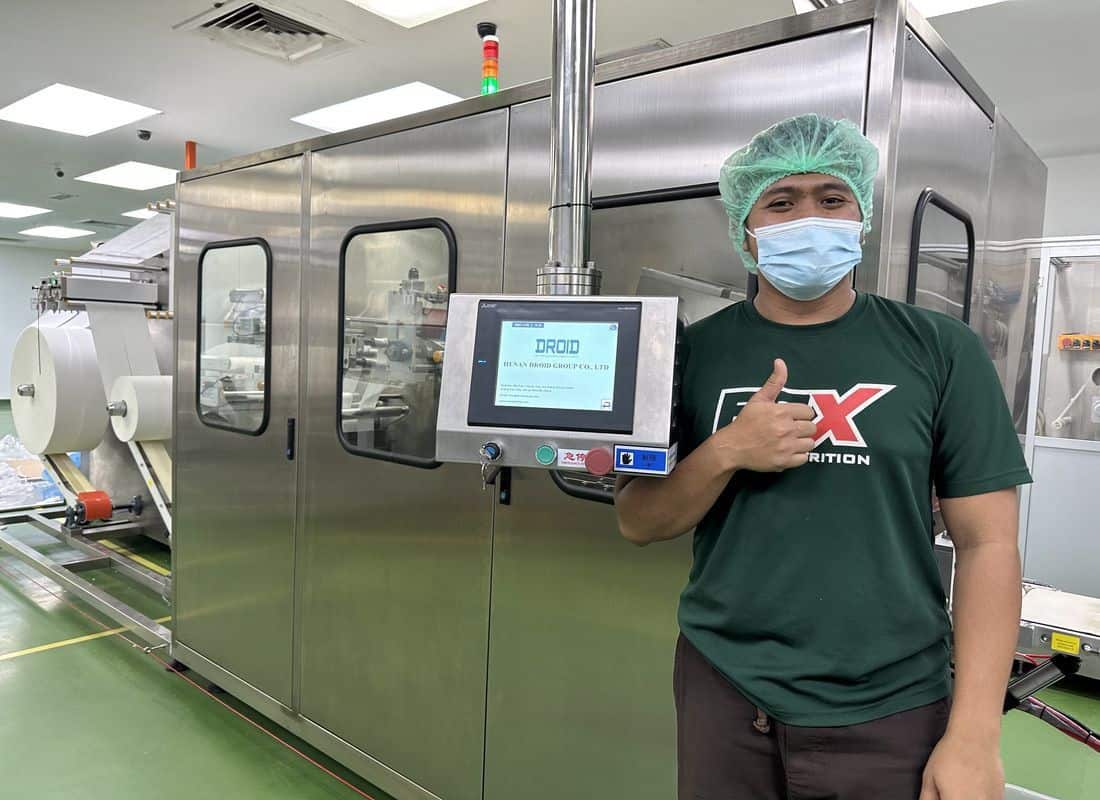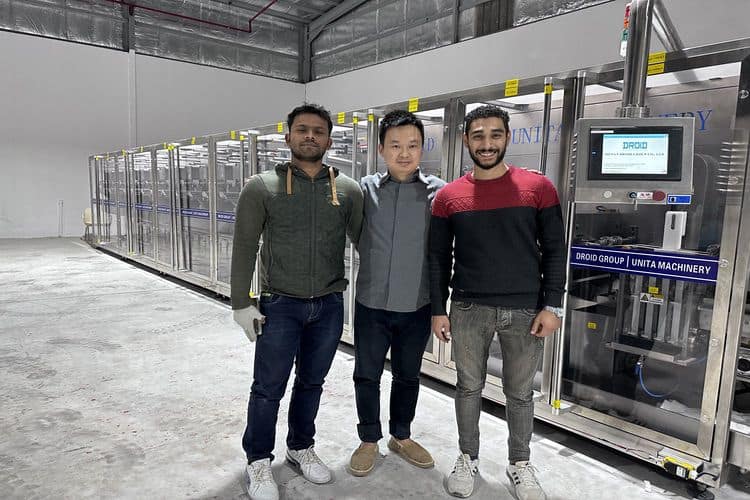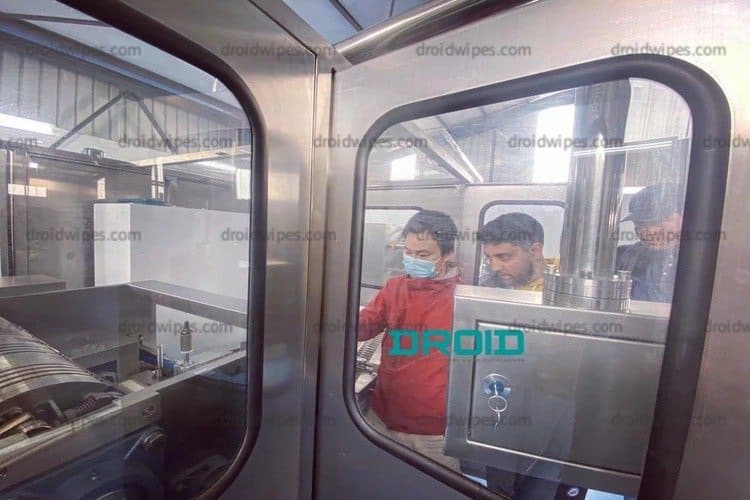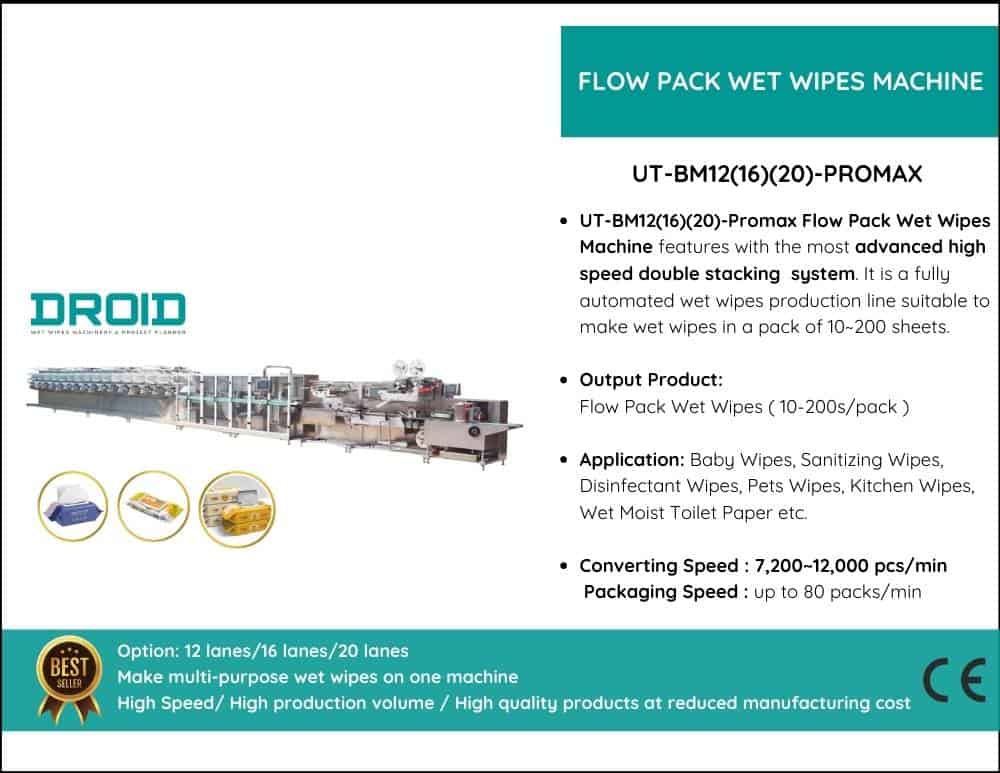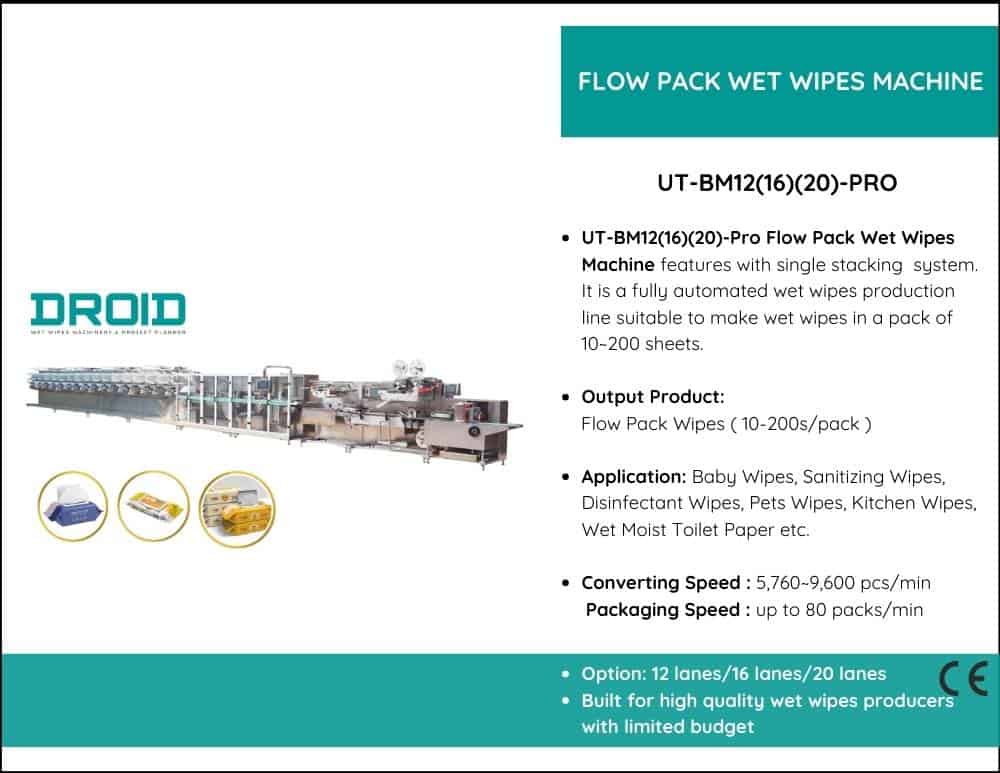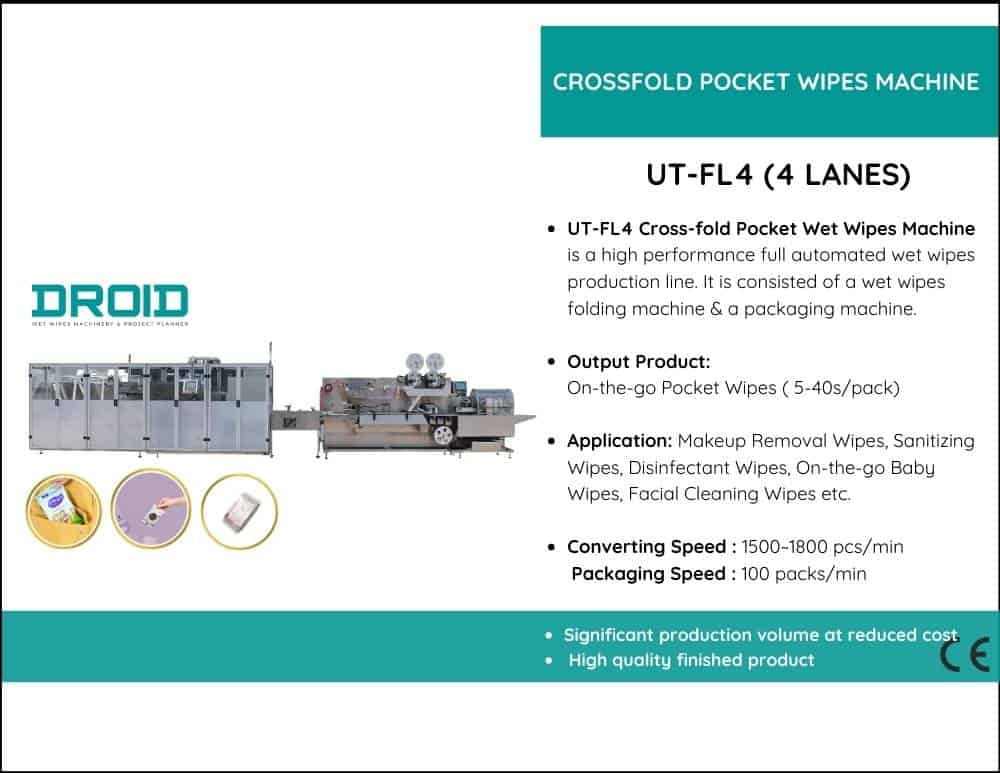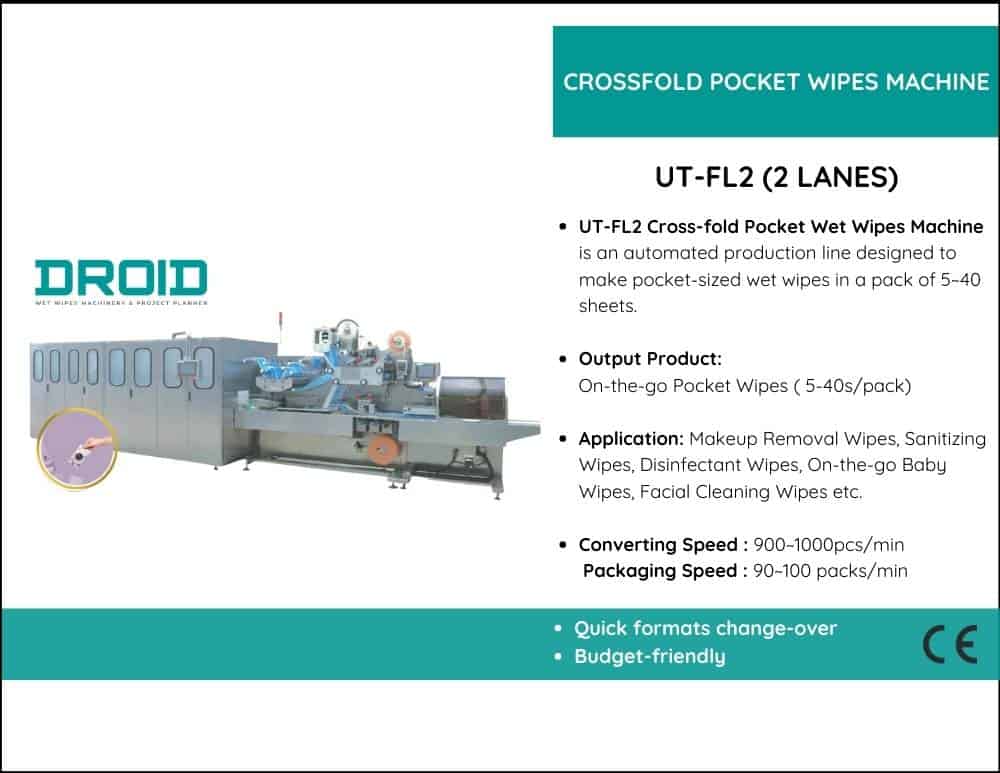Achieving uniform quality in wet wipes production isn’t solely about machines—it also depends on the people running them. Well-trained workers and clearly stated processes are crucial for reducing human errors and maintaining consistent standards across shifts and production runs.
Operators must be fully trained on machine operation, fixing, cleanliness routines, and quality checks. When workers understand how to add materials, adjust settings, and identify flaws correctly, they are better equipped to maintain speed and consistency in their products. Ongoing training ensures that, even as technology evolves, the team remains connected to best practices.
Equally important is the standardization of processes through written Standard Operating Procedures (SOPs). SOPs help ensure every user takes the same steps—from start-up to shutdown—regardless of shift or skill level. This includes processes for changing raw materials, setting parameters, cleaning equipment, and handling errors.
Additionally, visual tools such as quality checks and desk guides can enhance daily routines and serve as quick reference points during production. When paired with clear communication and responsibility, these practices greatly reduce unpredictability in production output.
By investing in operator training and uniform processes, producers can cultivate a culture of quality responsibility. This not only improves regularity in wet wipe production but also reduces downtime, scrap rates, and expensive errors, thereby boosting output and customer satisfaction in the long run.


